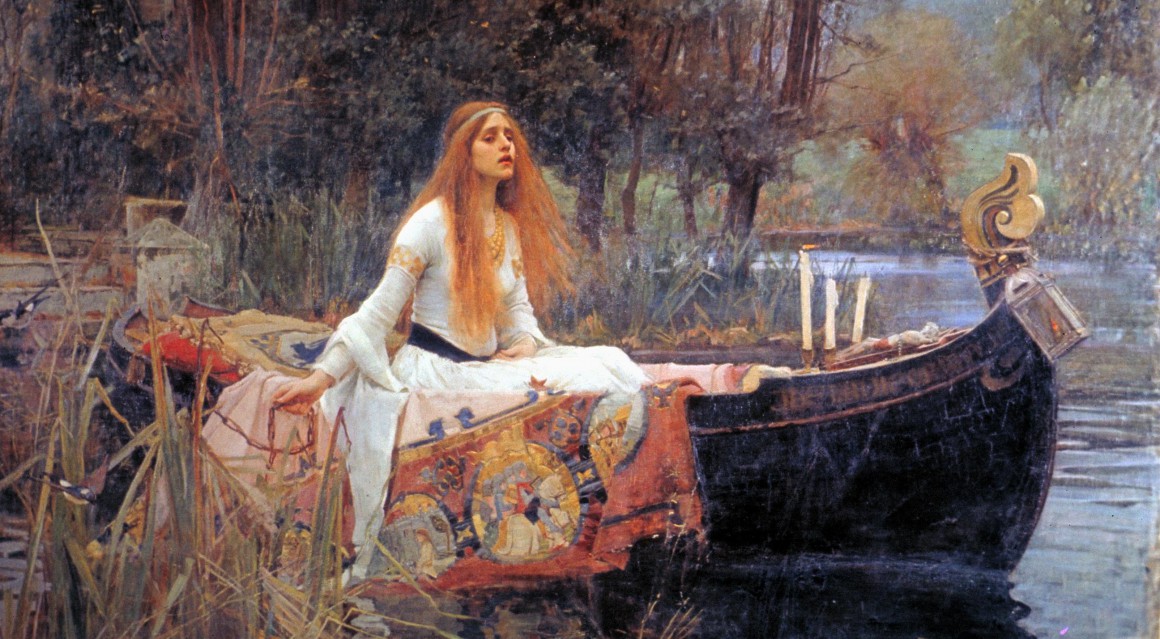Today was the day we’d all been waiting for-the Textualities conference! Fair to say we were (and are!) all fairly nervous! However, I think the atmosphere has de-tensioned over the last hour or so, thank heavens! Waiting, I think, is probably the focus of the copious nerves. Once you are up at the podium, the nerves go once you begin to talk. We are going group by group of four or five, and each group of speakers is then invited to answer questions from the floor. We began at 9.30 this morning, and are currently about half-way through the conference.
Having been a fervent fan of all things Bronte since I was thirteen, I was looking forward to Denise’s presentation on the theme of isolation-and I wasn’t disappointed! Denise gave a precise and informative account of the governess figure in particular and how it is the personification of isolation.She focuses on Villette, which was an original take. Mostly the focus rests on Bronte’s best-known novel Jane Eyre when dealing with the governess figure, so it was great to see Villette in the spotlight. I found the examination of the consolation of imagination to the lone governess figure particularly interesting. The female figure seems to exert a form of independence through this, even though she is in a lonely predicament. It is seen in Jane Eyre, but in Villette it is most pronounced. Unlike Jane, Lucy is left bereft of any consolation in human form towards the novel’s conclusion, so all she has to turn to is her own imagination once more. She even ends the novel with an explicit reference to imagination, “Let the reader imagine…” It is a stark admission that it is only through the imagination that she can receive any emotional fulfillment. Equally interesting is the comparison with the Henry James novel The Turn Of The Screw, which I had never heard before, but in retrospect is very accurate!
